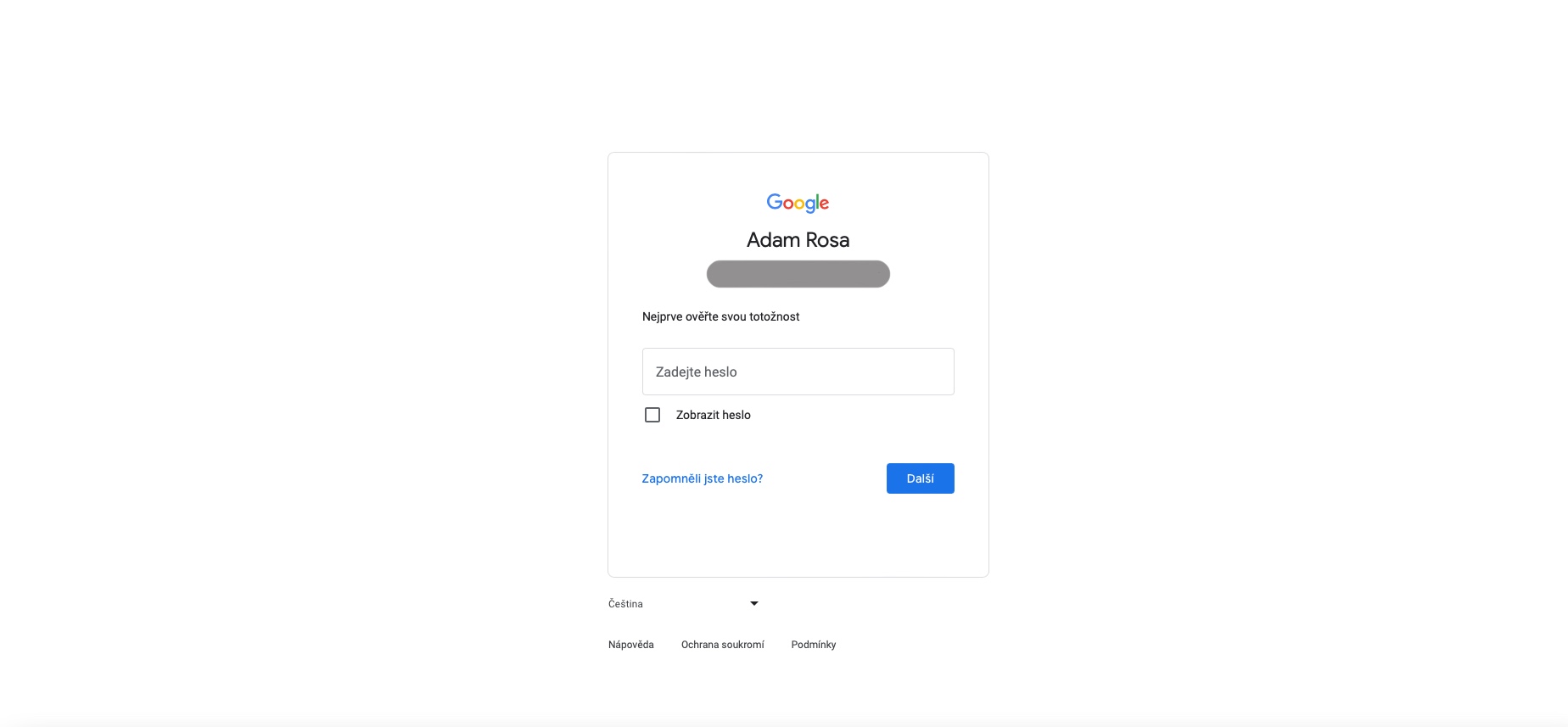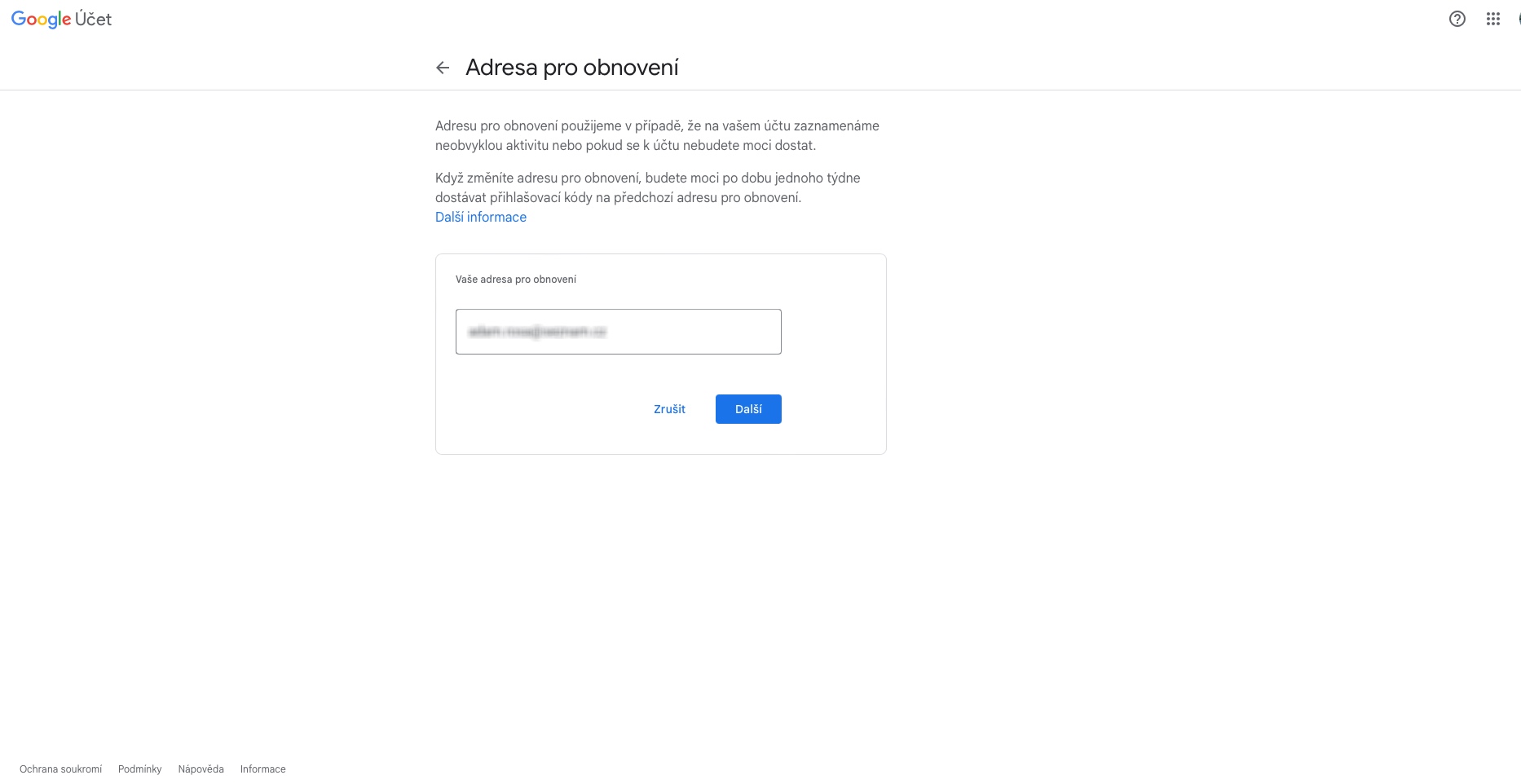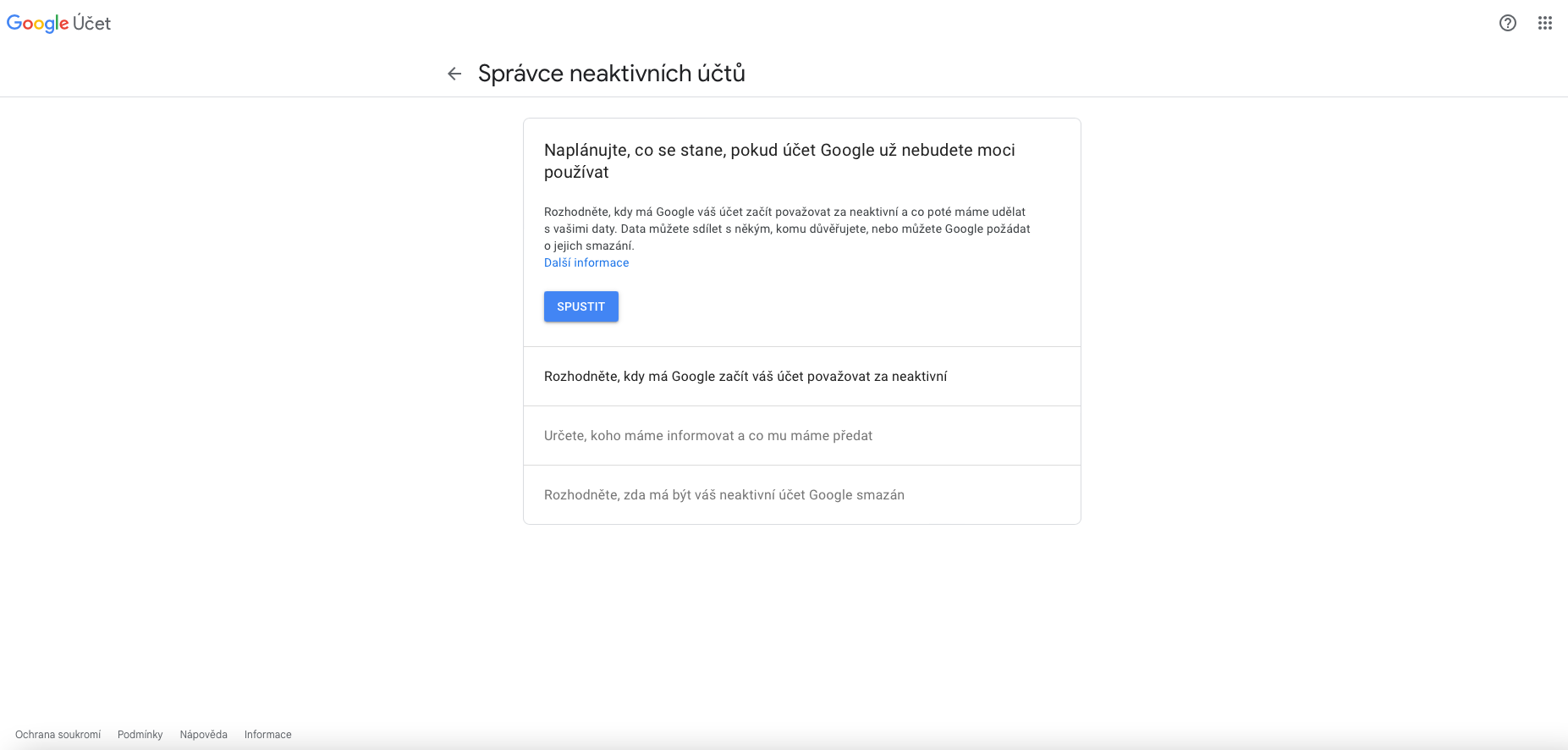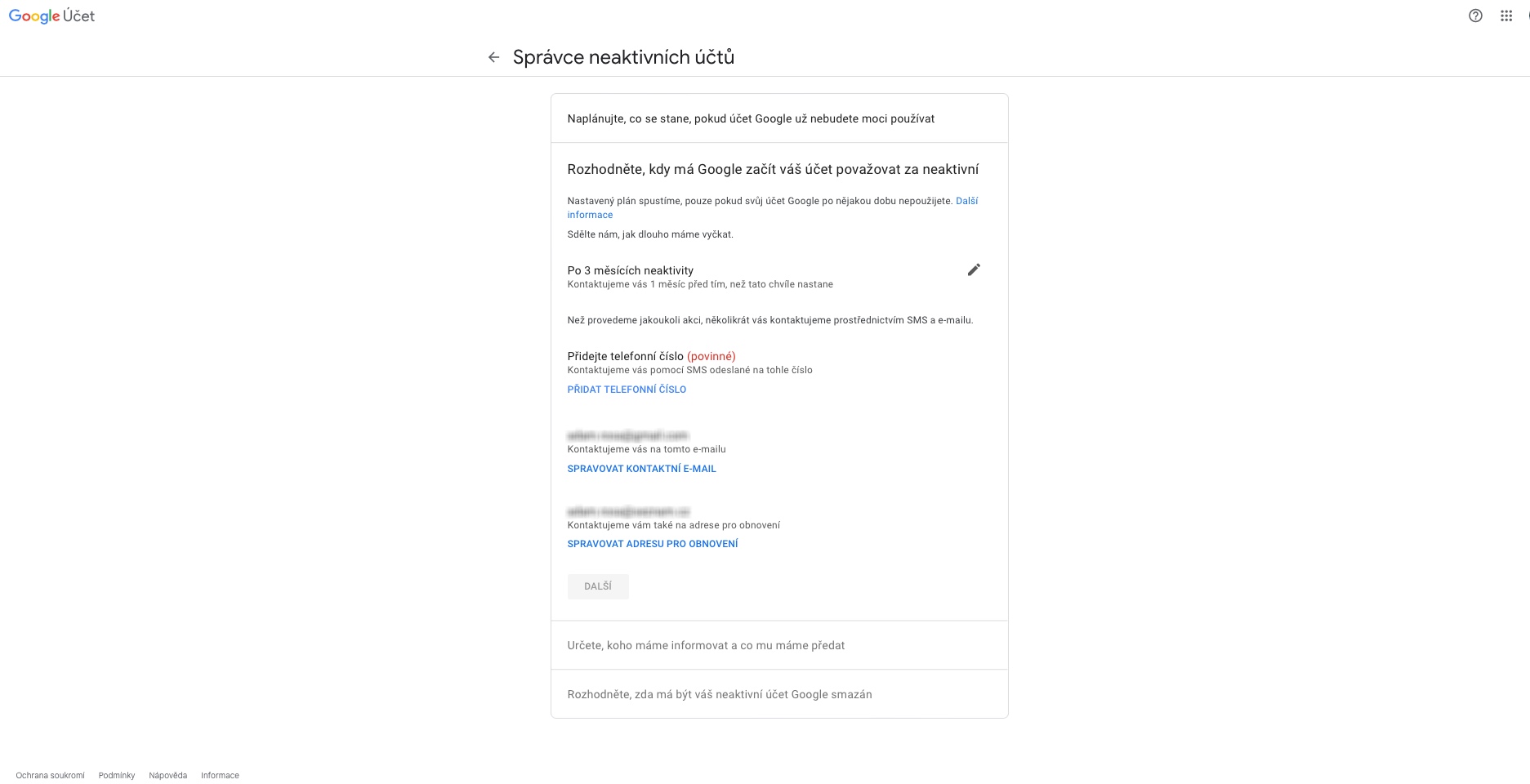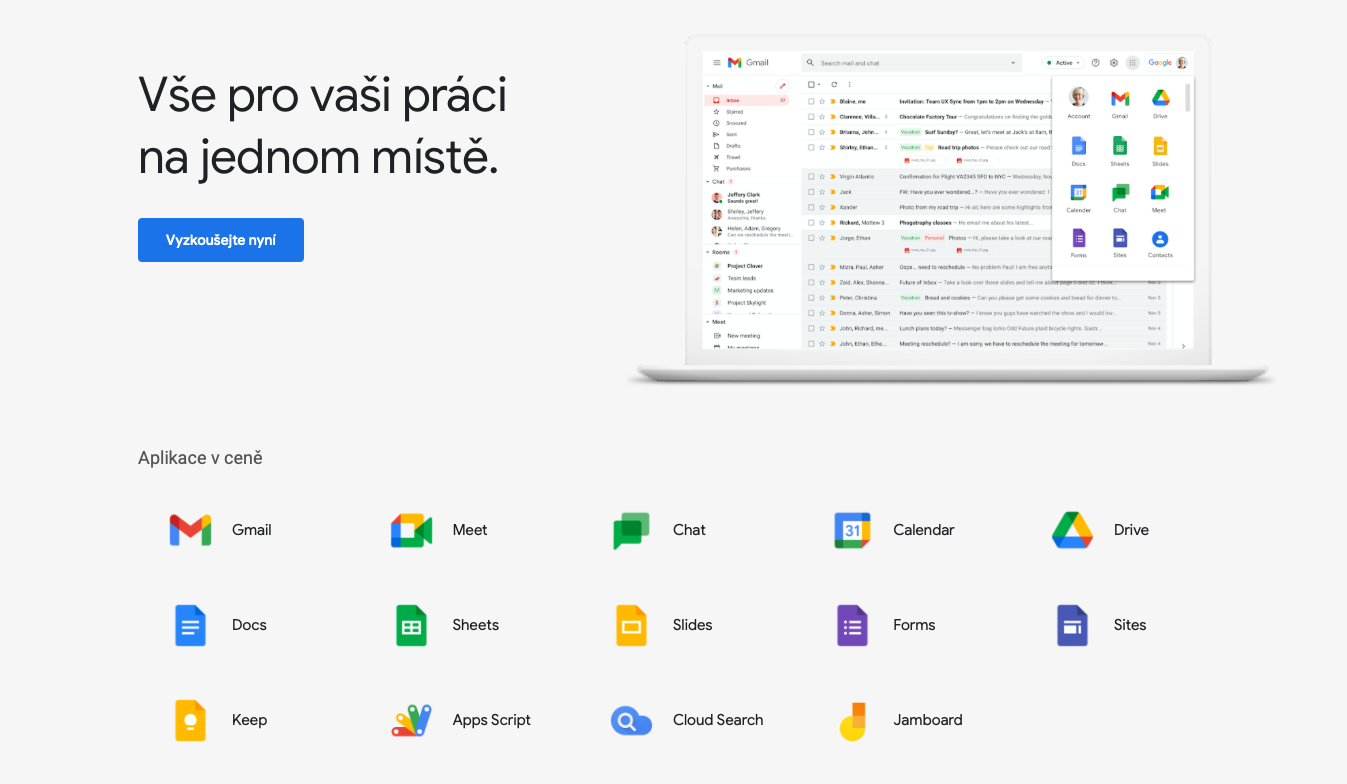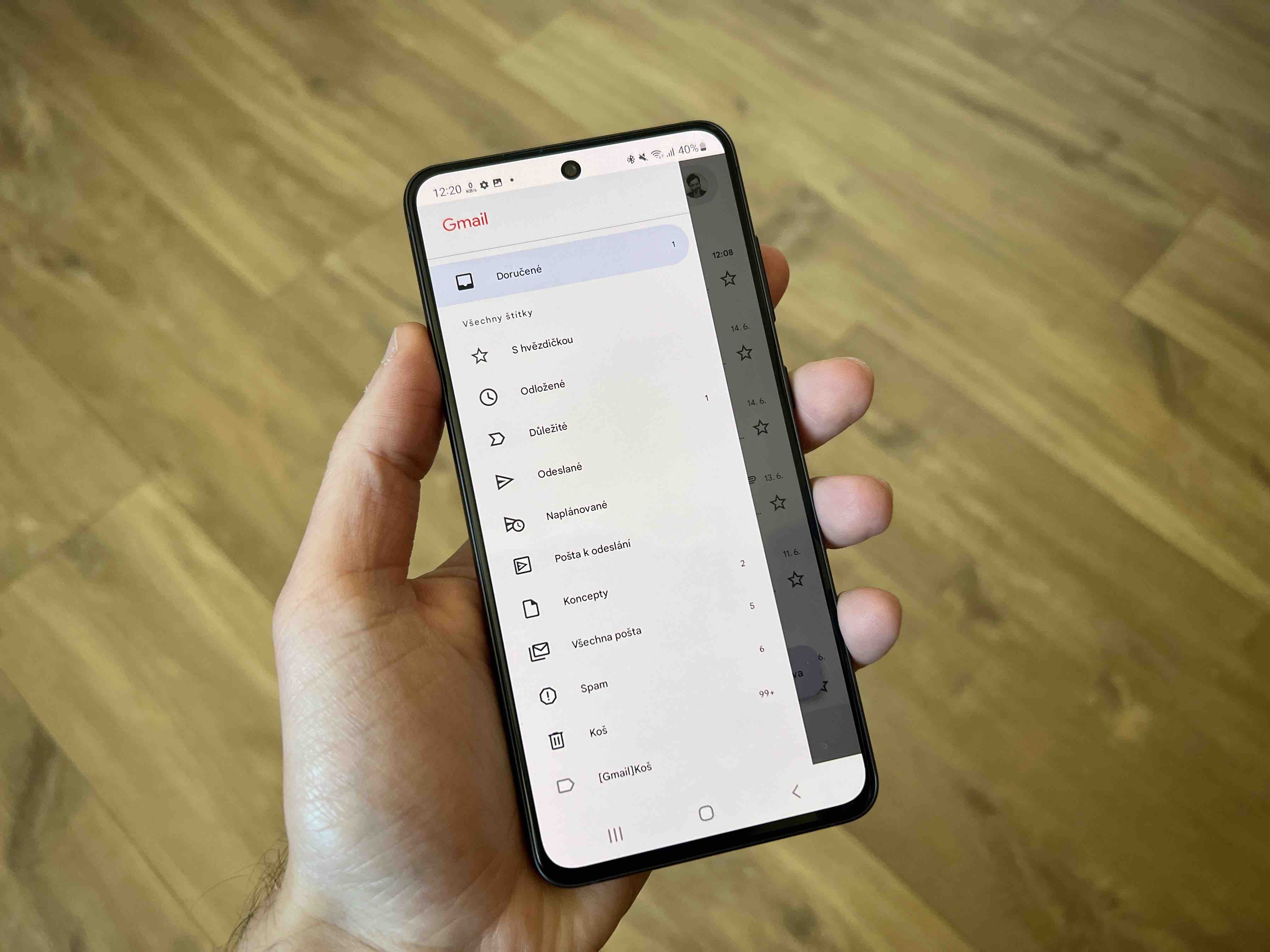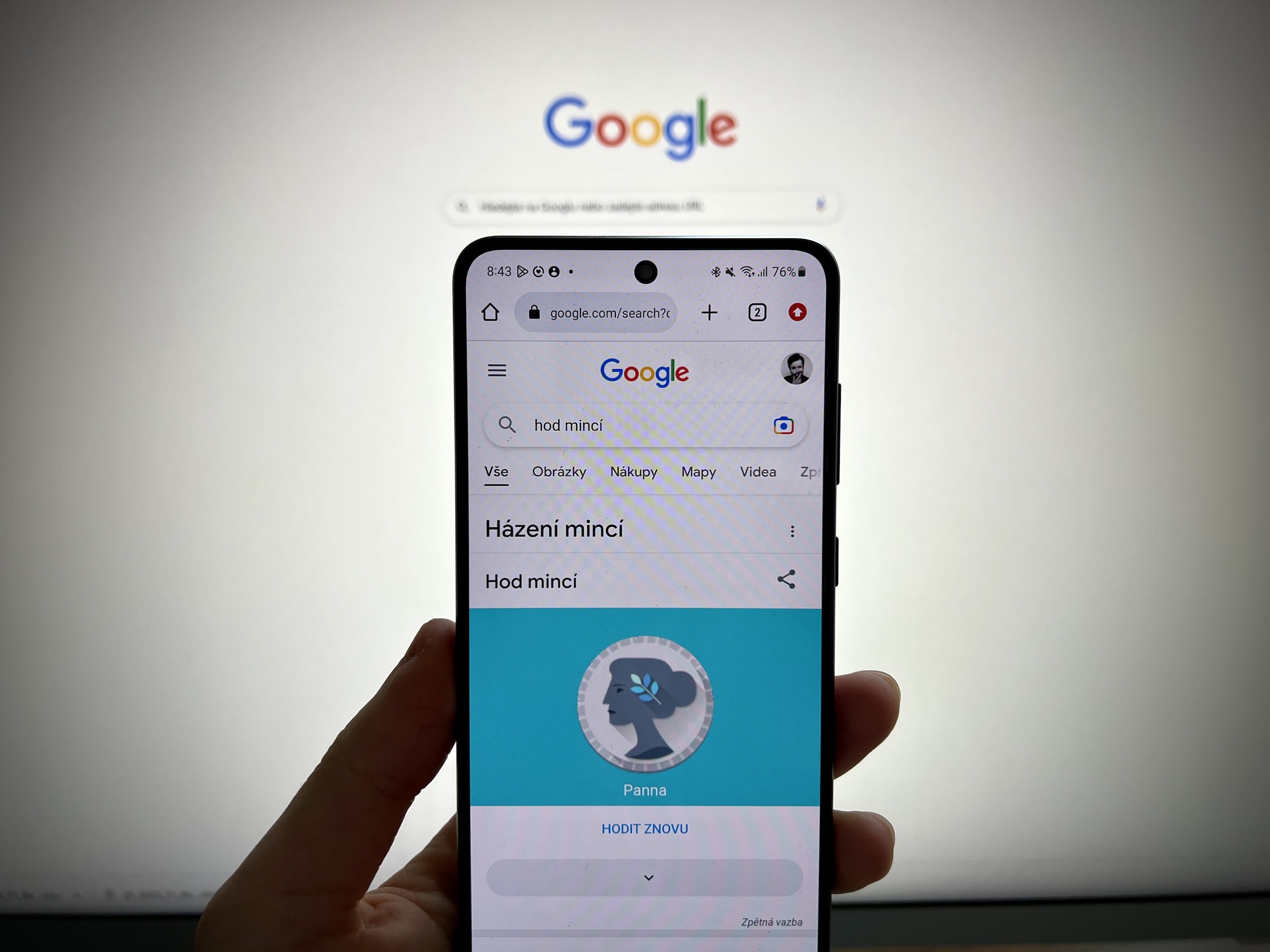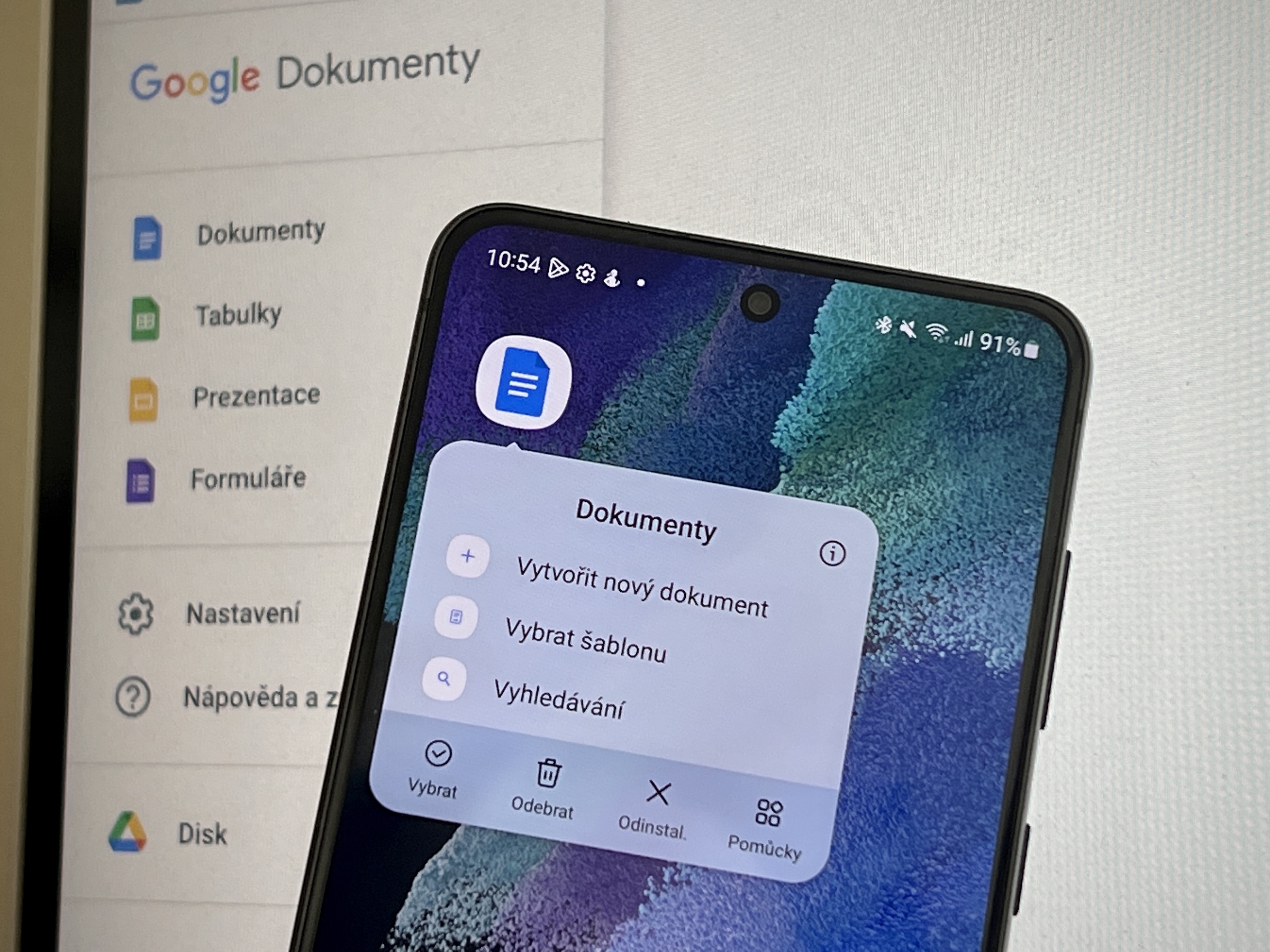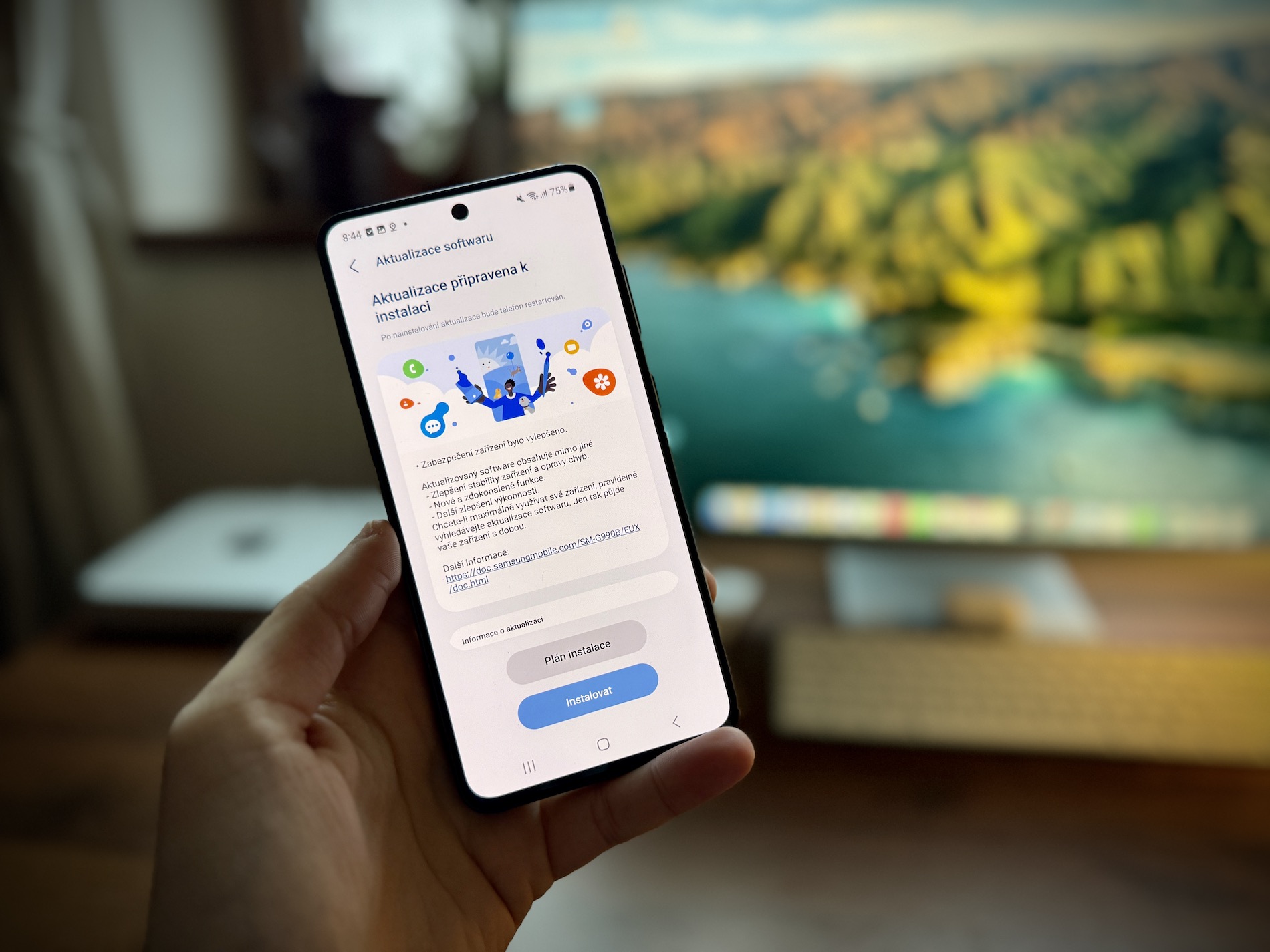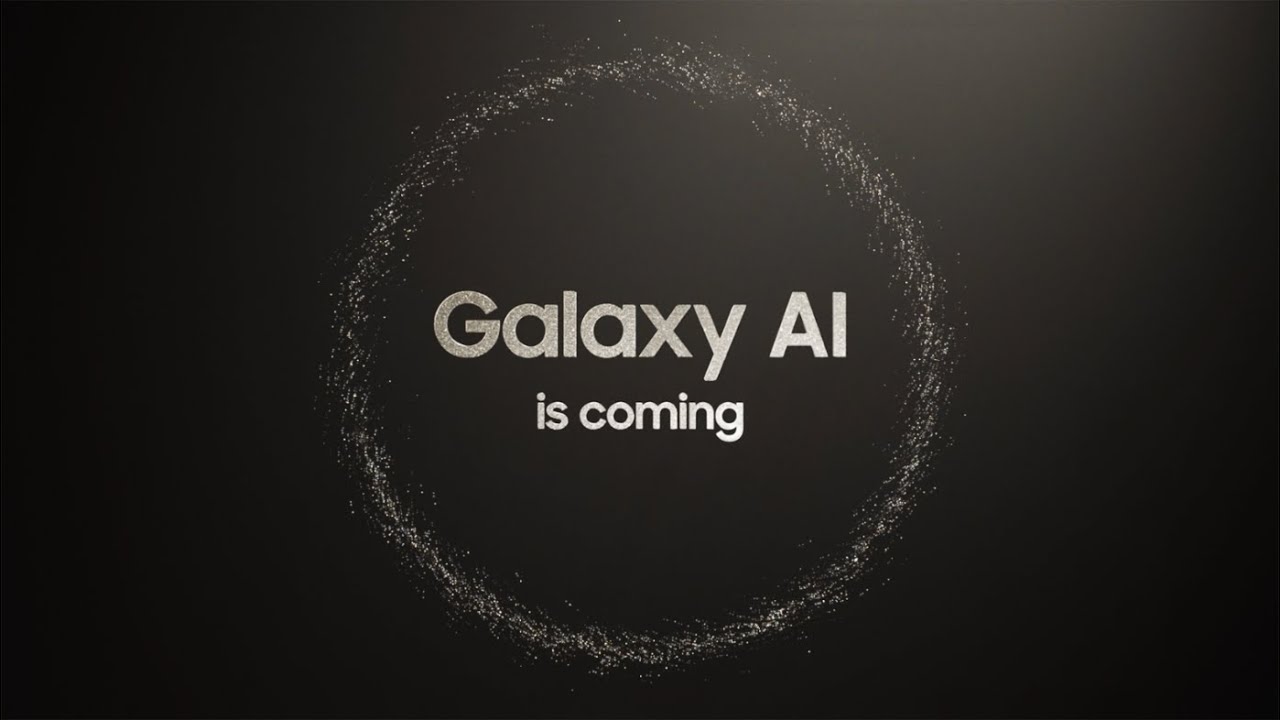Back in 2020, Google said it would delete content stored in inactive accounts, but not the accounts themselves, in order to conserve storage space. Now the tech giant is updating its inactivity policy so that old, unused accounts will be deleted starting later this year.
If the Google Account has not been used or logged in for at least 2 years, the company will delete it and the content associated with it. The email address will become unavailable, and with it users will also lose Gmail messages themselves, Calendar events, Google Drive files, Docs and other workspaces, including Google Photos backups. Currently, Google has no plans to remove YouTube video accounts. Not only could it be tricky, but some old abandoned clips may have historical significance.
The company will begin to phase out inactive accounts in December 2023 at the earliest, starting with those that were created and never used. The company says it will take this step slowly and with caution. Prior to deletion, several notifications will be sent to both the account email address and the recovery email, if one has been entered, over the course of the preceding months. At this point, the issue only affects free Google accounts, not those managed by businesses or schools.
You could be interested in
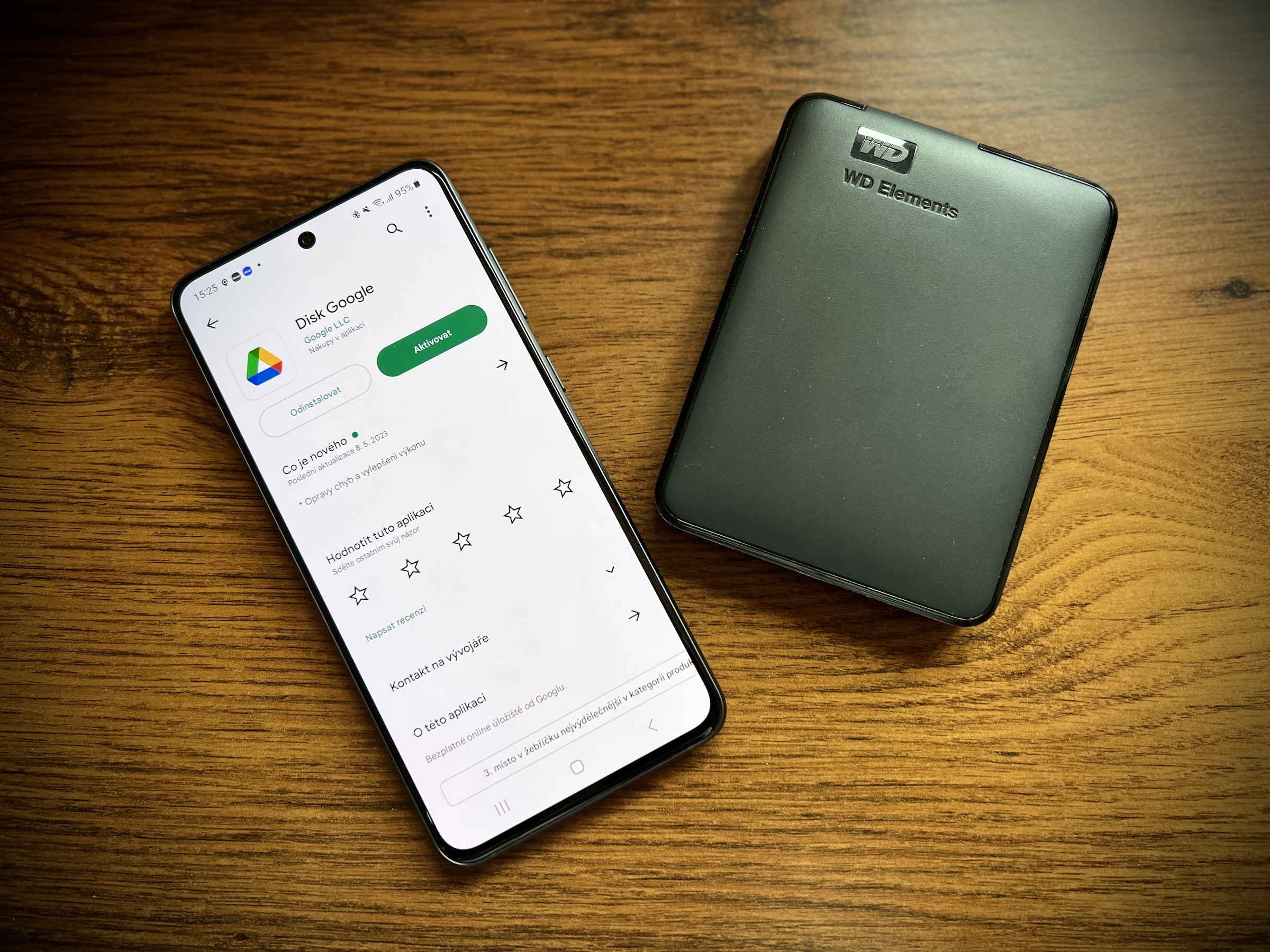
Is there anything to worry about?
Probably not. The situation will mainly affect really dead accounts. In addition to logging in, the following are considered activities: Reading or sending e-mail, using Google Drive, watching videos on YouTube under a given account, any download of an application from the Google Play store, but also logged-in use of the Google search engine, even logging in to applications using Google or third-party services, and last but not least, the company informs that the use of the registered device with the system Android is also considered an activity.
Today, Google recommends assigning a recovery email by default, and further the company refers users to Manager of inactive accounts, to decide how their account and data will be handled when it becomes inactive for more than 18 months. Options include sending files to trusted contacts, setting Gmail to automatically send messages, or deleting your account.
And why does Google actually approach the removal? The company cites security in this regard, as inactive accounts, often with old or reused passwords that may have been exposed, are more susceptible to compromise. “Our internal analysis shows that abandoned accounts are at least 10 times less likely to have two-factor authentication set up than active ones, meaning these are often vulnerable and once discredited can be used for anything from identity theft up to the vector attack…”
You could be interested in
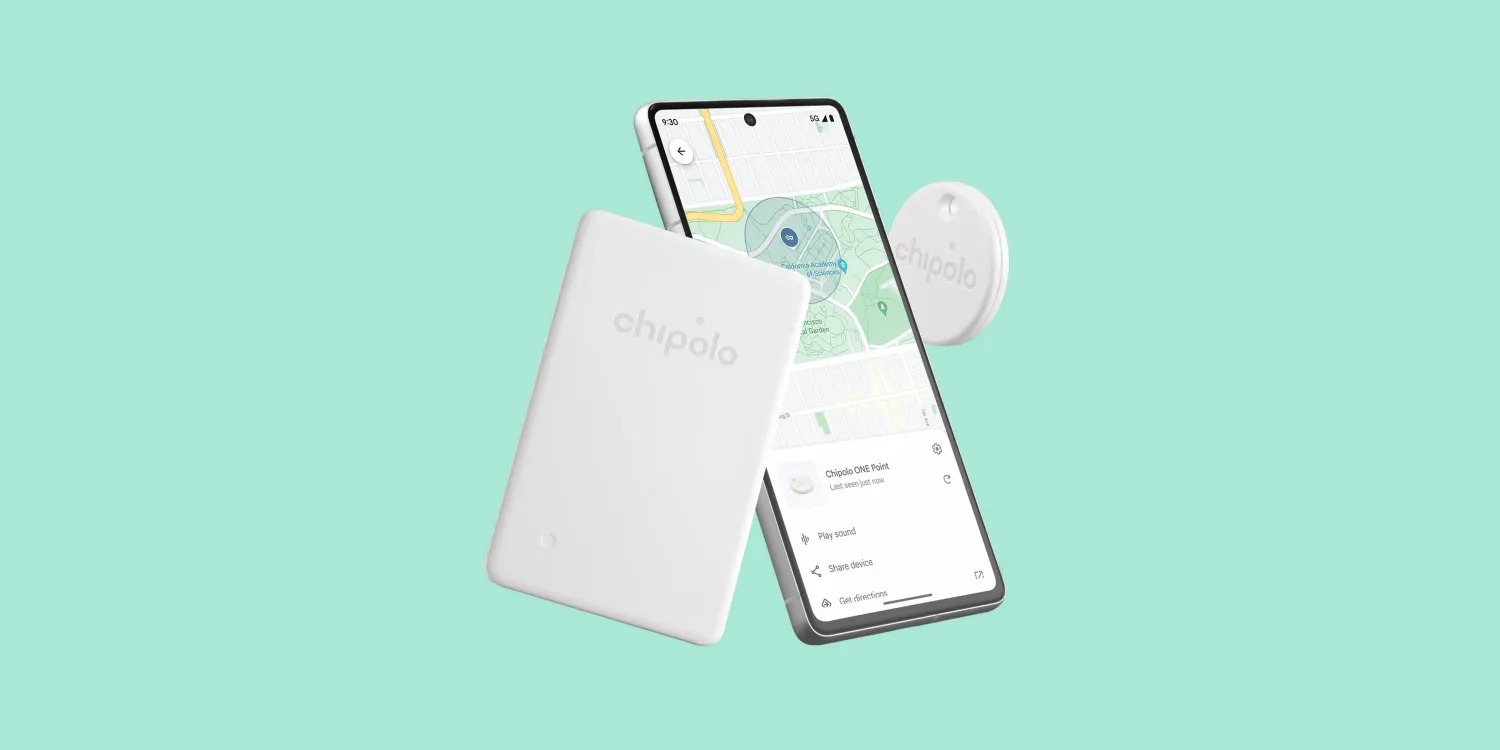
The move also limits how long Google retains unused personal data, a time frame considered industry standard. Unlike some other services with various security and privacy implications, Google will not release Gmail addresses that can be retrieved after deletion. If you don't want Google to delete your account, simply sign in to it.
